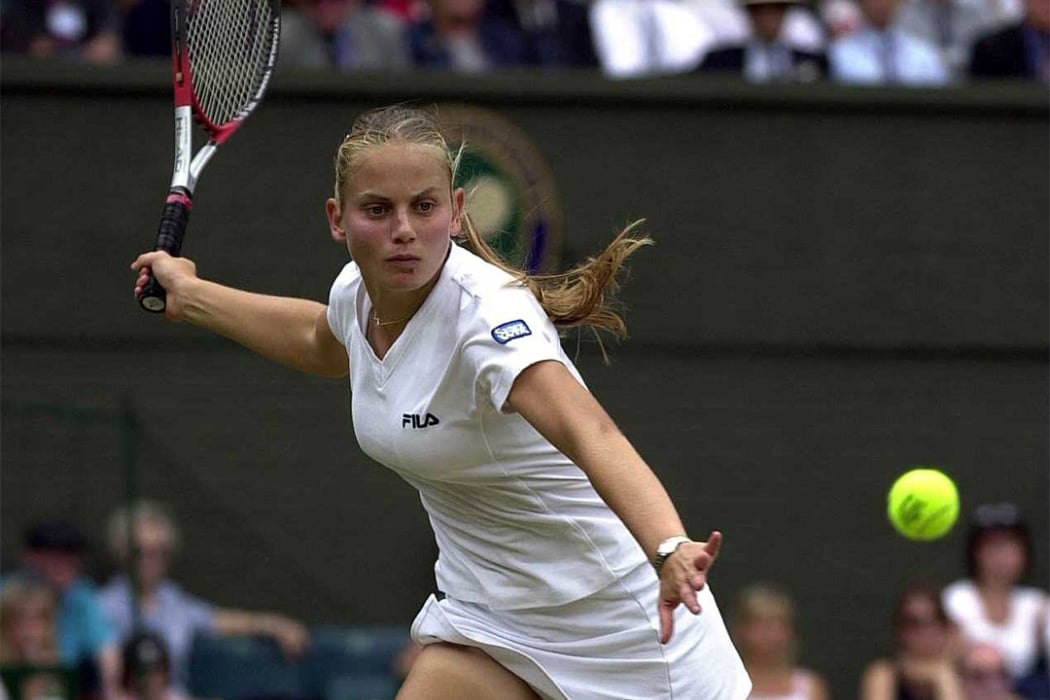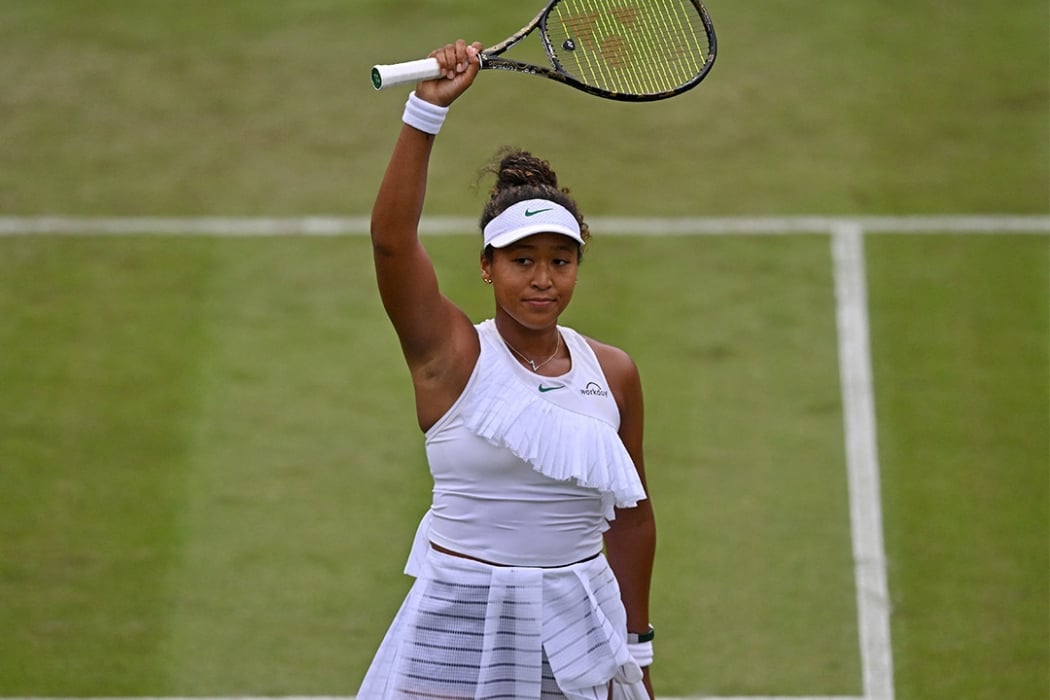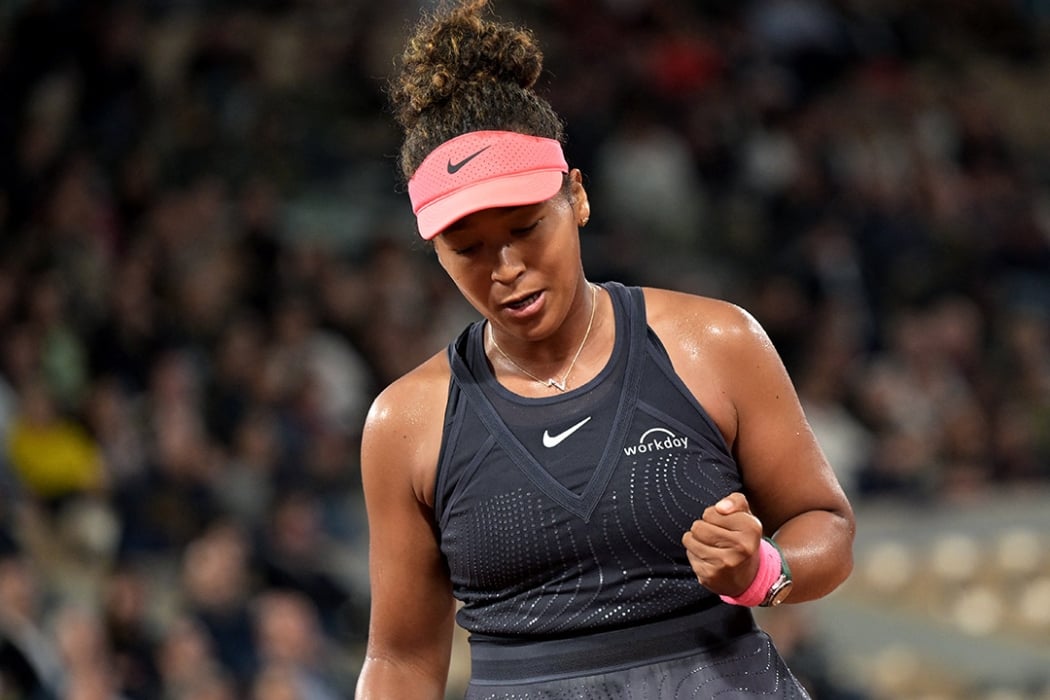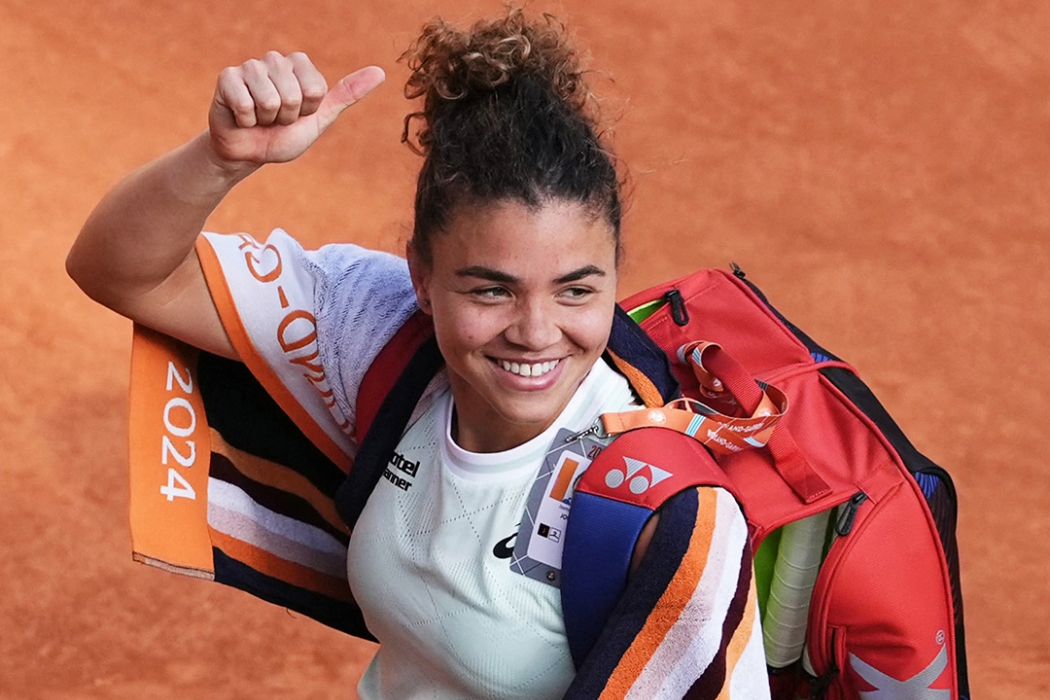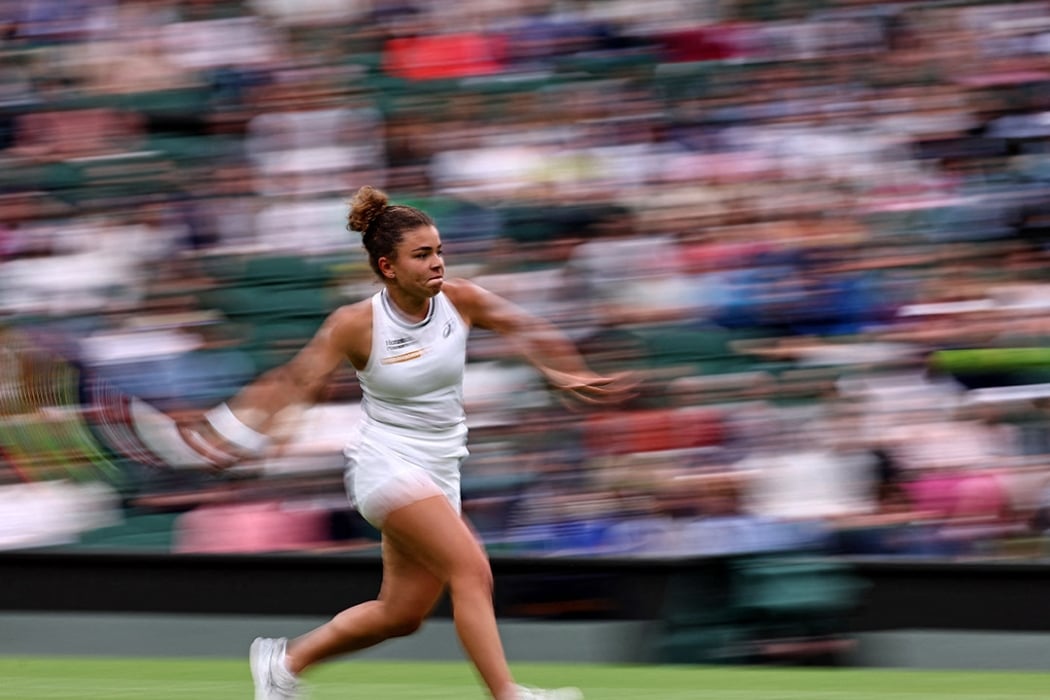This feature first appeared in the June/July issue of Australian Tennis Magazine, bringing you in-depth coverage from Roland Garros plus features, instructional content and more. Visit the online shop to preview and order your copy.
Stefanos Tsitsipas was still a teenager when he started turning heads in the tennis world.
At a time when most boys his age were still considering career and broader life opportunities – typically while still at school and living with their familiies – the rising Greek had already worked his way through the gruelling ITF and ATP Challenger circuits.
By age 19, he’d claimed wins over Novak Djokovic, Alexander Zverev and other top-10 opponents. At Stockholm in 2018, Tsitsipas made history for his nation as the first Greek man to lift an ATP singles trophy.
Where, some wondered, did a high-intensity Tsitsipas develop the work etehic and ambition required to maximise his talent?
In time, the Greek revealed the life-changing event that provided a powerful broader perspective.
In 2015, Tsitsipas and a friend were swimming off the coast of Crete when he almost drowned after he was dragged into the ocean by a sudden current.
“I remember surrendering. I remember the flashback when time froze,” said Tsitsipas, who was eventually saved by his father, Apostolos. “It gave me hope …. that was the day I saw life in a different perspective.”
Determined that his second chance would not be wasted, Tsitsipas channelled a more courageous outlook into a career that has so far delivered 11 ATP singles titles (including the prestigious ATP Finals as a 21-year-old), two Grand Slam finals and a peak No.3 ranking.
Other players, too, can look back on life events that dramatically impacted their tennis careers. Often challenging, but at times deeply rewarding, those circumstances have changed the course of many stars of today’s tours.
A mother's mindset
Happily, not every transformational event of today’s top players is a near-death experience. Former world No.1 and four-time Grand Slam champion Naomi Osaka is among the growing number of mothers competing on tour. The birth of her baby daughter Shai last July, says the Japanese star, has changed her view on life and on her tennis career.
“It forced me to see life in a different way,” said Osaka, who had earlier spent time off the tour while addressing some mental health challenges. “I know a lot of people probably think I retired in that year, but it just made me a lot more grateful for the sport and, in turn, made me just know there’s so many possibilities outside tennis and I realised I would still love to play tennis.”
While yet to quite regain the heights of her multiple Australian and US Open titles, Osaka is unquestionably reemerging as one of the tour’s most dangerous forces. Within that process, she’s also rediscovering the power of the journey.
After holding a match point against top seed and eventual champion Iga Swiatek in the Roland Garros second round, the 26-year-old spoke of her shift in mindset.
“I have my little book, right?” Osaka smiled in her post-match press conference. “In it today just wrote: I’m proud of you. And I think for me, like, saying that to myself, it gives me a lot of power, because … sometimes I curse myself out in my head and it’s quite a negative feeling.
“Yeah, I would just say I’m proud of the journey. I’m hoping, hopefully it will get more and more positive.”
Defying all odds
For Elina Svitolina, Marta Kostyuk, Dayana Yastremska and other pro-playing Ukrainians, the stress of competing on tour while war continues in their homeland could be crippling. Instead, those top-30 superstars are drawing on their resilience to not only achieve new tennis highs, but also to provide a beacon of hope for their nation.
The 21-year-old Kostyuk, who has climbed to a career-high No.17 singles rankings after two WTA finals appearances this year, delivered an emotional speech after she was runner-up to Katie Boulter in San Diego.
“I want to say thank you to my family back home. It’s been difficult last couple of nights for Ukraine,” said Kostyuk, who was a first-time Grand Slam quarterfinalist at the Australian Open this year.
“My family is in Ukraine right now and I don't know what’s going to happen tomorrow. But there is nobody who sacrificed more for my career than them. I want to dedicate this small trophy to them. I want them to see me win as much as possible.”
Yastremska, 24, showed similar sentiment after coming through qualifying to reach the Australian Open semifinals. The messages she inscribed on camera lenses in Melbourne carried special meaning for her compatriots.
“I always try to write something for Ukraine, about Ukraine,” she explained of the deep pride she felt in representing her country. “I think it's my mission here.”
A tragic turn
Pavel Kotov’s biggest career milestone in reaching the Stockholm 2023 final was a bittersweet experience. The 25-year-old was both delighted for his former coach and devastated that his advisor couldn’t be there.
Seven months earlier, Ivan Polyakov had passed away after a short battle with cancer. Kotov dedicated his Stockholm run to his coach’s memory.
With his first Grand Slam main-draw win at Australian Open 2024 followed by wins over 23rd seed Cameron Norrie and former champion Stan Wawrinka at Roland Garros, Pavel is now proud to build on his progress.
“It was really tough for me to recover, to come back after this. So for now, of course, I remember everything,” said Kotov, who hit world No.51 in singles after his career-best run in Paris. “I understand for now that he's somewhere close to me, and he wanted me to play for sure, and to go as high as I can.”
One courageous moment
Growing up in a small town in India, Sumit Nagal would spend up to 10 hours each day playing cricket. When his father suggested Nagal try another activity, tennis grabbed the young athlete’s interest.
At age 10, he was among thousands of children vying for the attention of former doubles No.1 Mahesh Bhupathi, who was setting up an academy to support the development of Indian players. With one courageous moment, a young Nagal dramatically changed his sporting future.
RELATED: Bhupathi, Tendulkar supporting Indian trailblazer Nagal
“I was hitting with the other kids and there was a moment where I went to Mahesh and said, ‘Mr. Bhupathi, could you please look at my game?’. I knew who he was, so I grabbed his hand and asked him to look at my game,” Nagal told ATPTour.com.
“After that, it’s apparently when he told my family that they’re going to take me. I was one of just a few thousand people there and only three got selected. That’s the one line that changed my life. If I didn’t tell him this, I would not be sitting here right now. My family didn’t have enough money to support me when I was young. I’m very proud that I did it at that age.”
Sitting at a career-high No.77 in a career-best 2024 season, the 26-year-old Nagal will never forget the moment that changed his life trajectory.
A key relationship
It’s no coincidence that Alex de Minaur and Katie Boulter’s respective career-best seasons have developed hand-in-hand with their growing prominence as a power couple on tour.
De Minaur described the support that the pair provide for each other after a momentous weekend in which they each lifted big singles trophies (De Minaur defending his Acapulco title and his British girlfriend triumphing in San Diego).
“The biggest thing that is helping us is that we are both quite different players, and this way we’ve been able to help each other in different sides and attributes of the game and really push each other to strive for bigger and better things,” De Minaur told The AO Show.
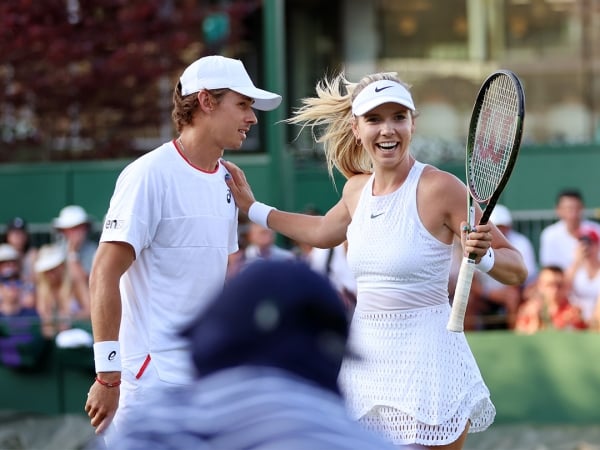
“Katie has helped me a lot in how to deal with results. In the past, it was no secret that I was quite hard on myself … she has given me a different perspective in how to handle these types of moments. I’ve really learnt a lot and been able to go on the court with a different kind of mindset.”
The Australian No.1 is equally supportive of his girlfriend. “It’s just great to see her do so well and play her best tennis," he said. “We’re going to push each other more and more.”
One big breakthrough
And sometimes, of course, the biggest career turning point can be the on-court kind.
Jasmine Paolini believes her breakthrough 2024 season is a product of step-by-step development.
“When I started to play tennis, I was just enjoying (it), I was not dreaming too much. I was just enjoying playing tennis,” the 28-year-old Italian related on her way to the Roland Garros women’s final.
“Then I started to train like a professional tennis player. I was dreaming to become a professional, (but) I never dreamed to be, you know, No. 1, Grand Slam champion. Never dreamed so big. Never.”
Paolini “was hoping” to become a top-10 player but more realistically targeted “closer things”.
“I never dreamed to be, I think, in a Grand Slam final and I’m here.”
With that one big breakthrough providing a top-10 ranking, plus prize money and endorsements that can be invested into broader development, Paolini is no doubt thinking much bigger now.
“I don’t know where this journey is going to take me,” she smiled. “But I’m curious to discover that. I’m trying to step on court every day and to give my 100 per cent. Let’s see what the future will bring.”
